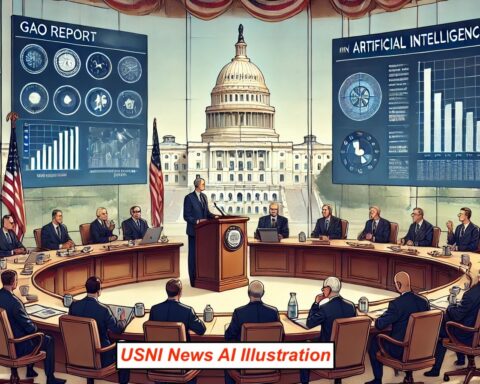
GAO Report on Generative AI and Commercial Applications
The following is the June 20, 2024, Government Accountability Office report, Artificial Intelligence: Generative AI Technologies and Their Commercial Applications.…
Copyright 2024 U.S. Naval Institute. All Rights Reserved.